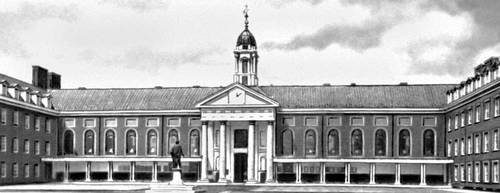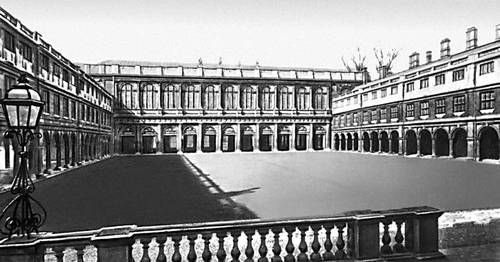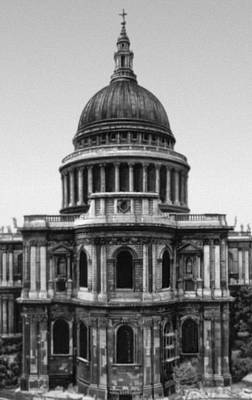TV picture tube - tradução para russo
общая лексика
евстахиева (слуховая) труба
существительное
анатомия
евстахиева труба
Definição





Wikipédia

Color television (American English) or colour television (Commonwealth English) is a television transmission technology that includes color information for the picture, so the video image can be displayed in color on the television set. It improves on the monochrome or black-and-white television technology, which displays the image in shades of gray (grayscale). Television broadcasting stations and networks in most parts of the world upgraded from black-and-white to color transmission between the 1960s and the 1980s. The invention of color television standards was an important part of the history and technology of television.
Transmission of color images using mechanical scanners had been conceived as early as the 1880s. A demonstration of mechanically scanned color television was given by John Logie Baird in 1928, but its limitations were apparent even then. Development of electronic scanning and display made a practical system possible. Monochrome transmission standards were developed prior to World War II, but civilian electronics development was frozen during much of the war. In August 1944, Baird gave the world's first demonstration of a practical fully electronic color television display. In the United States, competing color standards were developed, finally resulting in the NTSC color standard that was compatible with the prior monochrome system. Although the NTSC color standard was proclaimed in 1953 and limited programming soon became available, it was not until the early 1970s that color television in North America outsold black-and-white/monochrome units. Color broadcasting in Europe did not standardize on the PAL or SECAM formats until the 1960s.
Broadcasters began to upgrade from analog color television technology to higher resolution digital television c. 2006; the exact year varies by country. While the changeover is complete in many countries, analog television remains in use in some countries.
![A color television test at the [[Mount Kaukau]] transmitter site, [[New Zealand]] in 1970.<br>A [[test pattern]] with color bars is used to calibrate the signal. A color television test at the [[Mount Kaukau]] transmitter site, [[New Zealand]] in 1970.<br>A [[test pattern]] with color bars is used to calibrate the signal.](https://commons.wikimedia.org/wiki/Special:FilePath/A Colour Television Test.jpg?width=200)
![[[Hovannes Adamian]] c. 1900s [[Hovannes Adamian]] c. 1900s](https://commons.wikimedia.org/wiki/Special:FilePath/Adamian1.jpg?width=200)
![This live image of actress Paddy Naismith was used to demonstrate [[Telechrome]], [[John Logie Baird]]'s first all-electronic color television system, which used two projection CRTs. The two-color image would be similar to the basic Telechrome system. This live image of actress Paddy Naismith was used to demonstrate [[Telechrome]], [[John Logie Baird]]'s first all-electronic color television system, which used two projection CRTs. The two-color image would be similar to the basic Telechrome system.](https://commons.wikimedia.org/wiki/Special:FilePath/Baird first color photo.jpg?width=200)









